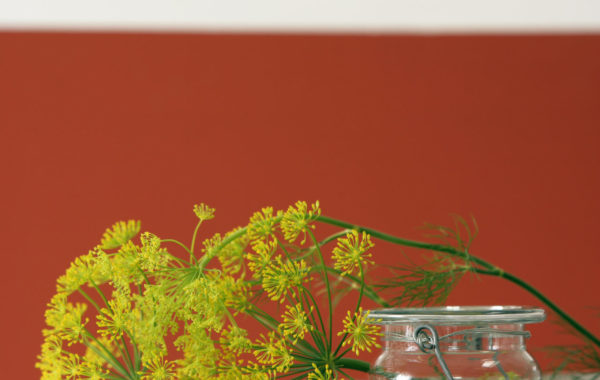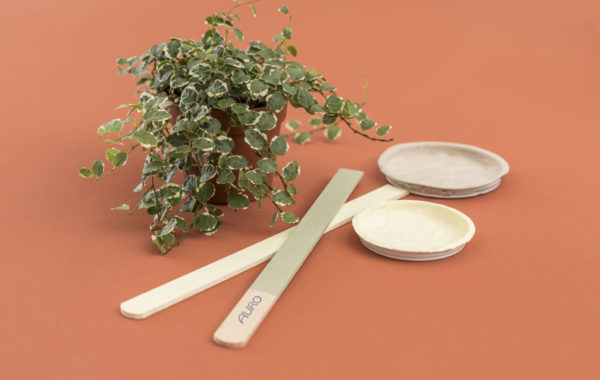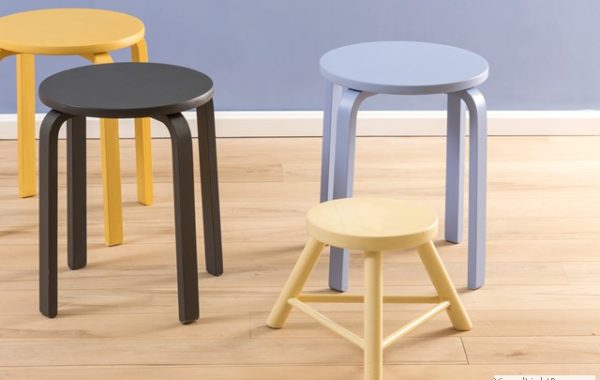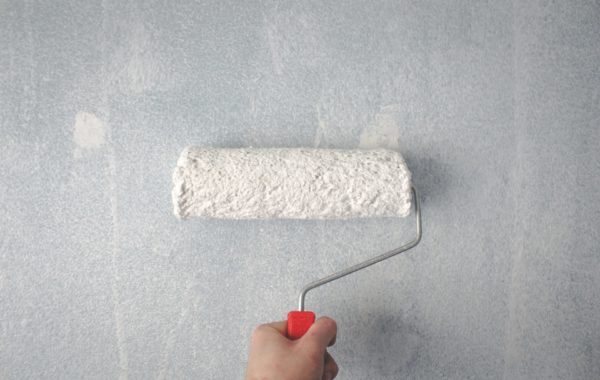Protecting your Home
Protection
Paint has two vital uses – we use it to decorate and we use it to protect.
We should really see paints, stains, lacquers and varnishes as building materials. We choose building materials based on a range of factors – cost, appearance and suitability – often in that order!
In order to protect a substrate like plaster or wood it is important that a coating can accommodate the ongoing behaviour of the substrate as it ages and interacts with the air and with light. Most fundamental to this is the ability to regulate moisture caused by microscopic water vapour particles. These will pass through air quite readily but much more slowly through solid materials like plaster or wood or concrete. This process, known as ‘water vapour permeability’, is natural and unavoidable. Trouble comes when something interrupts this process.
Breathability
The easy way to think of this process is breathing. We breathe, but so do solid materials – just at a much slower rate and using a different process; one of exchange of moisture with the air. There is a measure for this known as the SD value, which is a measure that is an equivalent to the resistance of 1 meter of air giving a reading of 0. Put simply the lower the SD value the greater the moisture vapour permeability or ‘breathability’. The recommendation for traditionally constructed buildings for instance, is an SD value of less than 0.05 for wall paints.
Air quality
Breathability is key to protect the materials that your home is actually built from, but it is also a great benefit to ensure the water vapour in the air is properly regulated. If it cannot disperse through your paint, then it becomes trapped – either in the room or in the wall. In either circumstance the conditions for mould or damp can then occur as the moisture will condense on the impermeable coating and give rise to the conditions required for mould spores to multiply.
It has been shown that poor internal air quality, mould outbreaks and damp are major contributors to ill health. Common problems are asthma and respiratory conditions and there are some very debilitating forms of illness resulting from moulds in people with extreme sensitivity.
The SD value is therefore very important consumer information, but like the ingredients used in modern paints it is withheld from the consumer. This is no doubt because only lime and silicate paints perform well in this regard and AURO’s emulsion is the only structural emulsion paint on the market that has a plant based binder, ensuring an SD value of under 0.05 (standard emulsions are usually 0.5 at best and some much worse).
It goes without saying that we believe that the SD value should be part of the full declaration on a tin of paint!





